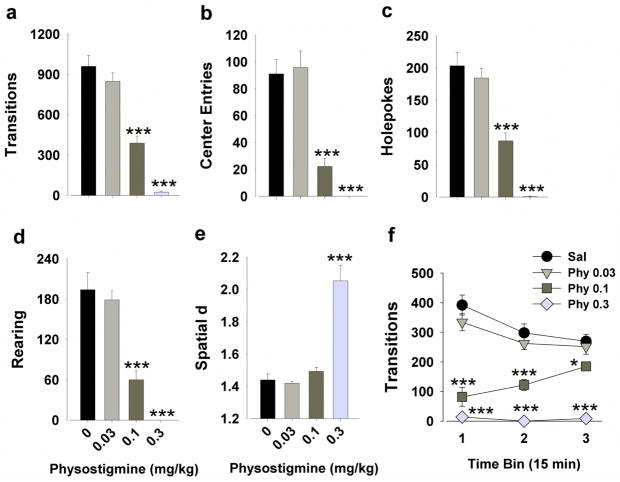Figure 4. Effects of physostigmine on the exploratory profile of mice in the BPM.
Physostigmine (0.1 and 0.3 mg/kg) decreased activity as measured by transitions (a) and center entries (b). Physostigmine (0.1 and 0.3 mg/kg) decreased exploration as measured by holepoking (c) and rearing (d). The highest dose greatly increased spatial d values to the limit of its range, likely due to severely depressed activity compromising the calculation of spatial d (e). Mice administered 0.1 mg/kg physostigmine exhibited increased activity over time, approaching normal levels by the end of the session (f). The lowest dose (0.03 mg/kg) had no effect on any of the measures (a–f). Data are presented as mean ± S.E.M. n = 10 animals per group. * p<0.05 and *** p<0.001 when compared to saline.

